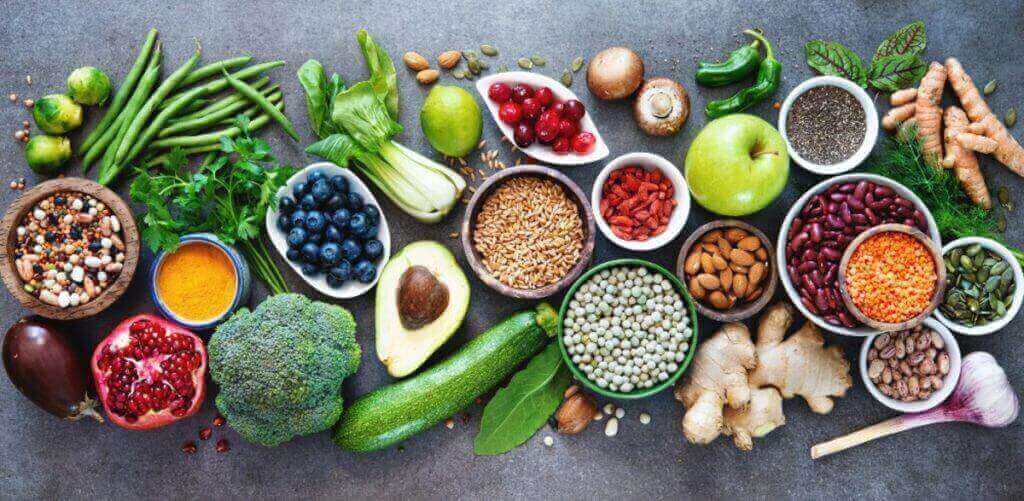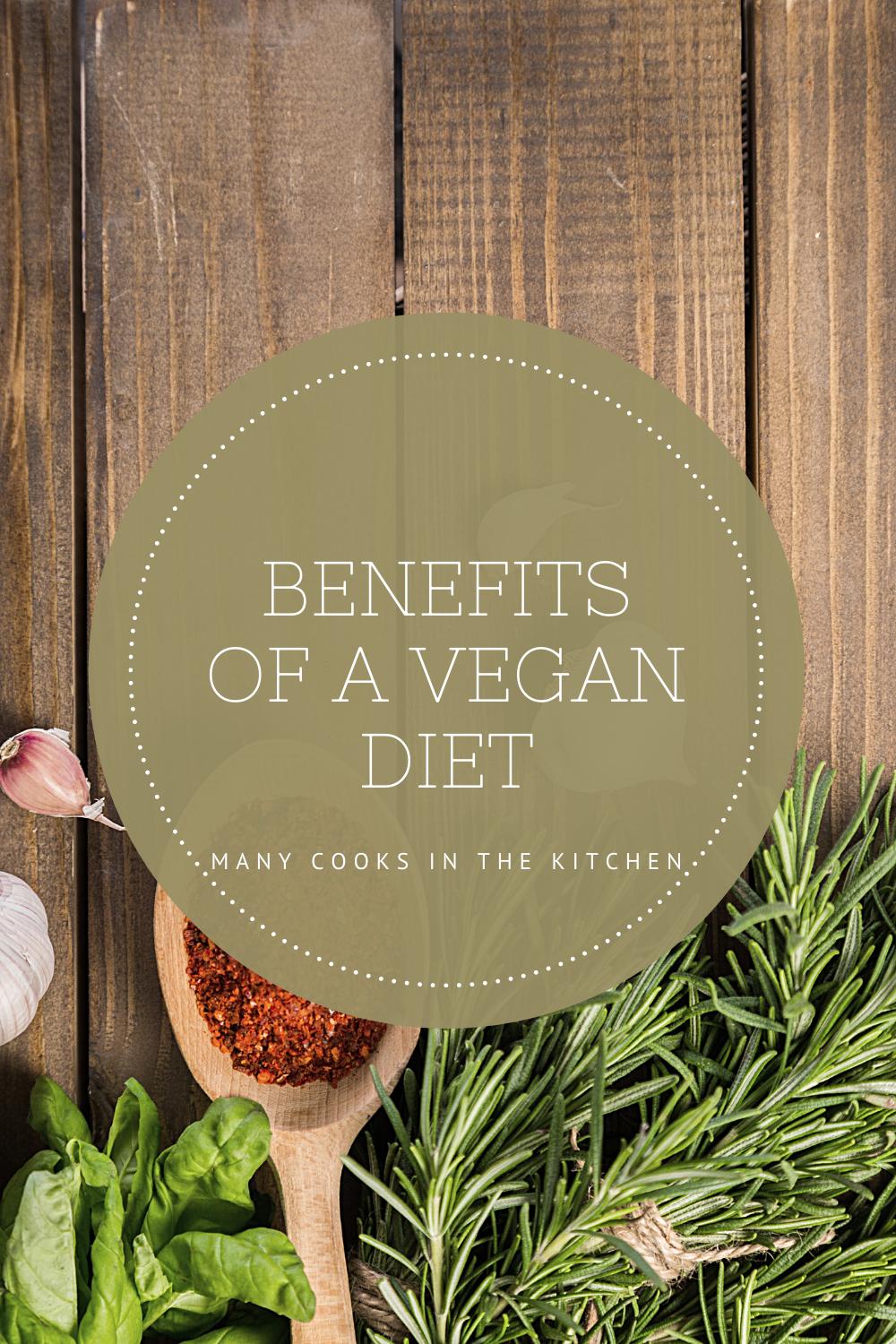
Tofu veg should be low in sodium. There is a variety of ways to make tofu less sodium. You'll learn how you can make tofu vegetables low in sodium by using soy sauce, teriyaki peanut paste, and stir-fry sauce. Learn how to make stir fry sauces for tofu vegetables.
Low-sodium tofu veg recipes
There are many ways you can prepare tofu. Tofu retains sauce because of its firm texture. This type can be made quickly and can be served with either rice, noodles, or veggies. This tofu is also delicious when marinated in various ingredients. You can adjust the seasonings according to your preference.
Put a sheet or parchment paper on top of a baking sheet to make it easy to cook. Place the block of tofu on top of the towel. Add a few other items to support it. Next, bake the tofu at 350 degrees for 25 to 35 more minutes, flipping halfway. The more time it takes to cook tofu, the more difficult it becomes. To make it more tender, you can cook it for around 5-10 minutes each time.

Tofu vegetable recipes can be made with soy sauce
The tofu can also be sprinkled with brown sugar. This will add flavor and aroma to the tofu while maintaining its texture. Substitute agave syrup for soy sauce if you don’t have it. Cayenne flakes can be left out as they make the sauce less liquidy. You can substitute seitan in place of tofu.
Heat a large skillet on high heat. Add the vegetables to the skillet. Cook until tender. Salt and pepper to taste. Mix the sauce with the vegetables. Cook until well-mixed. Serve the Spicy Sesame Tofu on rice. Let your meal come together in minutes. Enjoy! Here are some ideas for using soy sauce.
Tofu veg recipe: Add teriyaki Peanut Sauce
A wonderful addition to your tofu vegetable recipes is to add teriyaki peanut oil. To create this delicious sauce, first press tofu to remove excess moisture. Extra-firm tofu has less moisture, creating a crunchier outer layer. Tofu dipped in peanut sauce is crunchy and tasty. To complete the dish, serve it with rice or vegetables.
You don't need teriyaki sauce to make your own. It takes only a few minutes to make your own. Homemade teriyaki sauce is also possible. This sauce is naturally gluten free and has zero taste. Tofu is more flavorful when made with cornstarch. Use arrowroot instead of cornstarch to make it.

Stir-frying sauce for tofu vegetables
A stir-fry sauce is essential in Chinese cooking. Although it is time-consuming to chop vegetables, this step is crucial when you cook stir-fried veggies. Mix 1 tablespoon soya with 1 teaspoon brown rice sugar. Mix the mixture thoroughly and add the tofu. Allow tofu mixture to rest for 5-10 minutes.
After the vegetables have been cooked, add the tofu to the bowl and mix well. Extra-firm tofu is best for crispy tofu. Medium tofu doesn't crisp well. Firm tofu contains less water. It's more difficult to cook crisp tofu with high water content. Stir-fry the vegetables well before adding the tofu. Soft tofu can be used with less water if you prefer a soft texture.
FAQ
What is the difference of fat and sugar?
Fat is an important energy source, which comes from food. Sugar is a sweetener found in fruits, vegetables, and other foods. Both sugars and fats have the same calories. But fats are twice as calories as sugars.
Fats are stored in the body and contribute to obesity. They can cause cholesterol buildup which can lead to strokes and heart attacks.
Sugars provide instant energy and are rapidly absorbed by the body. This causes blood glucose levels in the body to rise. High blood glucose levels can lead to type II diabetes.
How can I get enough vitamins
You can obtain most of your daily requirement through diet alone. Supplements are an option if you are low in any vitamin. You can take a multivitamin supplement that contains all the vitamins you need. You can also purchase individual vitamins from your local pharmacy.
If you are concerned about getting enough nutrients, talk to your doctor about what foods contain the best sources of vitamins. For example, dark green leafy vegetables such as spinach, broccoli, kale, collard greens, turnip greens, mustard greens, bok choy, romaine lettuce, arugula, and Swiss chard are rich in vitamins K and E. Other good sources include oranges, tomatoes, strawberries, cantaloupe, carrots, sweet potatoes, pumpkin, and squash.
Ask your doctor for advice if you are unsure how much vitamin to take. Your health history and current condition will inform the doctor about the recommended dosage.
What are 10 healthy lifestyle habits?
-
Get breakfast every morning.
-
Don't skip meals.
-
Be balanced.
-
Drink lots of water.
-
Take care your body.
-
Get enough sleep.
-
Avoid junk food.
-
Do some exercise every day.
-
Have fun
-
Make new friends
What are the ten best foods to eat in America?
The top 10 best foods are:
-
Avocados
-
Berries
-
Broccoli
-
Cauliflower
-
Eggs
-
Fish
-
Grains
-
Nuts
-
Oats
-
Salmon
Is cold a sign of a weak immune response?
Cold makes you weaker because you have less white blood cells to fight infections. However, being cold also makes you feel better because your body releases endorphins into your brain which reduce pain.
What is the best food for me?
The best diet for you depends on several factors, like your age, gender, weight, health conditions, and lifestyle habits. It's also important to consider how much energy your exercise consumes, whether you prefer low-calorie meals, and if fruits and veggies are something you enjoy.
Intermittent fasting is a good option if you're trying to lose weight. Intermittent fasting is a way to eat only certain meals during the day instead of three large meals. This might be better than traditional diets that have daily calorie counts.
Some studies have suggested that intermittent fasting might improve insulin sensitivity. It may also reduce inflammation. This can lead to a reduction in blood sugar levels, and less risk of developing type 2 diabetes. Intermittent fasting has been shown to promote fat loss as well as improve overall body composition.
What is the ideal weight for my height? BMI calculator and chart
Calculating your body mass index (BMI), is the best method to calculate how much weight to lose. A healthy BMI range lies between 18.5 and 24,000. Weight loss is possible if you aim to lose approximately 10 pounds per week. Simply enter your height, weight and desired BMI into the BMI calculator to calculate it.
Check out this BMI chart to determine if you are overweight or obese.
Statistics
- WHO recommends reducing saturated fats to less than 10% of total energy intake; reducing trans-fats to less than 1% of total energy intake; and replacing both saturated fats and trans-fats to unsaturated fats. (who.int)
- Extra virgin olive oil may benefit heart health, as people who consume it have a lower risk for dying from heart attacks and strokes according to some evidence (57Trusted Source (healthline.com)
- In both adults and children, the intake of free sugars should be reduced to less than 10% of total energy intake. (who.int)
- This article received 11 testimonials and 86% of readers who voted found it helpful, earning it our reader-approved status. (wikihow.com)
External Links
How To
What does the meaning of "vitamin?"
Vitamins are organic compounds naturally found in food. Vitamins help us absorb nutrients from foods we eat. Vitamins are not made by the body, so they must be obtained through food.
Two types of vitamins exist: water soluble and oil soluble. Water-soluble vitamins dissolve quickly in water. Some examples include vitamin C,B1 and B2 vitamins (thiamine), B2 and riboflavin, B3 and niacin, B6 vitamins (pyridoxine), B6 vitamins (niacin), folic acids, biotin, pantothenic acids, and Choline. The liver and fatty tissues are home to fat-soluble vitamins. Examples include vitamin D, E, K, A, and beta carotene.
Vitamins can be classified by their biological activity. There are eight major vitamin groups:
-
A - essential for normal growth and maintenance of health.
-
C – essential for proper nerve function.
-
D - Essential for healthy teeth and bones.
-
E - needed for good vision and reproduction.
-
K - essential for healthy nerves, muscles, and joints.
-
P – Vital for building strong bones.
-
Q – aids digestion and absorption.
-
R - Required for red blood cell production
The recommended daily allowance for vitamins (RDA) varies according to age, gender, or physical condition. The U.S. Food and Drug Administration (FDA) sets the RDA values.
For adults aged 19 or older, the RDA of vitamin A is 400mg per day. Because it is essential for the development of the fetus, pregnant women should consume 600 micrograms per days. Children ages 1-8 require 900 micrograms per day. Children under 1 year old require 700 micrograms daily, while infants over one year old need 500 micrograms every day. This decreases between 9 and 12 months.
Children aged between 1-18 years old who are obese require 800 micrograms per Day, while overweight children need 1000 micrograms every day. Children underweight or obese will require 1200 micrograms a day to meet their nutritional requirements.
Children aged 4-8 years old who have been diagnosed as having anemia require 2200 micrograms of vitamin C per day.
2000 micrograms per person is necessary for general health. Mothers who are pregnant, nursing, or have a high nutrient need will require 3000 micrograms a day.
Adults over 70 need 1500 micrograms daily, since they lose around 10% of their muscle mass every decade.
Women who are pregnant or lactating need more than the RDA. Pregnant women require 4000 micrograms daily during pregnancy, and 2500 micrograms every day after birth. Breastfeeding mothers need to consume 5000 micrograms each day when breastmilk has been produced.